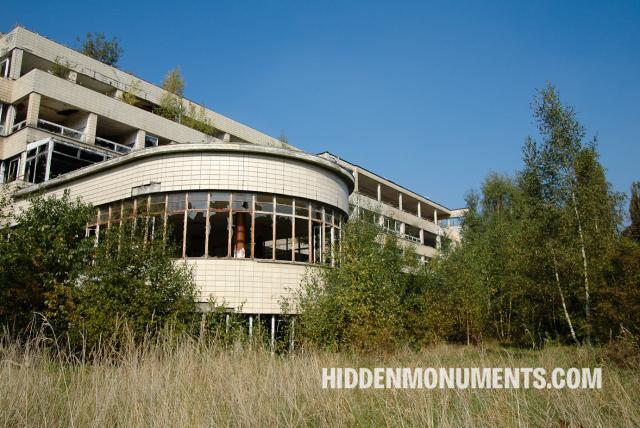In 1941, the National Local Railway Company (NMVB) built a bridge over the Gete for tram traffic between Sint-Truiden and Tienen.
Mobile anti-tank barriers, known as Cointet elements, formed the backbone of the Belgian KW line erected in 1939 to prevent a German invasion.
In 1939, construction of a 50-kilometre defence line between Koningshooikt and Wavre, known as the KW-Line, began on behalf of the Belgian army.
Almost five thousand kilometres of tracks, 45 major bridges, tunnels, turntables, weighbridges, countless stops all over the country and spacious depots with water towers, warehouses and tram sheds. The Belgian National Company of Light Railways constructed this widespread tram network from 1885 onwards.
The Joseph Lemaire sanatorium in the Belgian town of Overijse is one of the most famous modernist sanatoriums in the world.
There is no shortage of famous residents in the Prince's Castle of Grimbergen, such as the Princes of Grimbergen, the noble family de Mérode, Van Glymes, and Van der Aa.
The "Molens van Orshoven" is the oldest preserved mill complex on the Leuven Vaartkom and withstood bombardments during both World Wars.
Latest from the blog
Do these monuments ring a bell with you? You might recognise the locations of films and series such as Doctor Who, Babylon Berlin, and Dark.
All photos and stories are copyrighted. Of course, linking to articles on the site is possible and allowed.
If you would like to use photos or articles from this website, please contact bart@hiddenmonuments.com.
© 2003-2024 Hiddenmonuments.com










